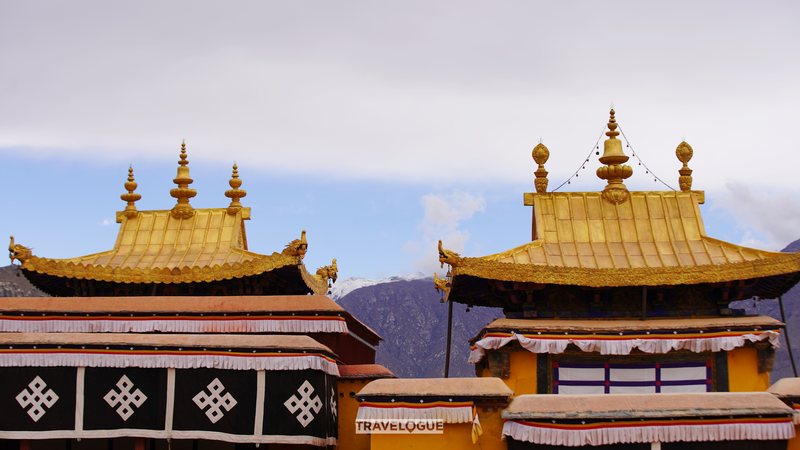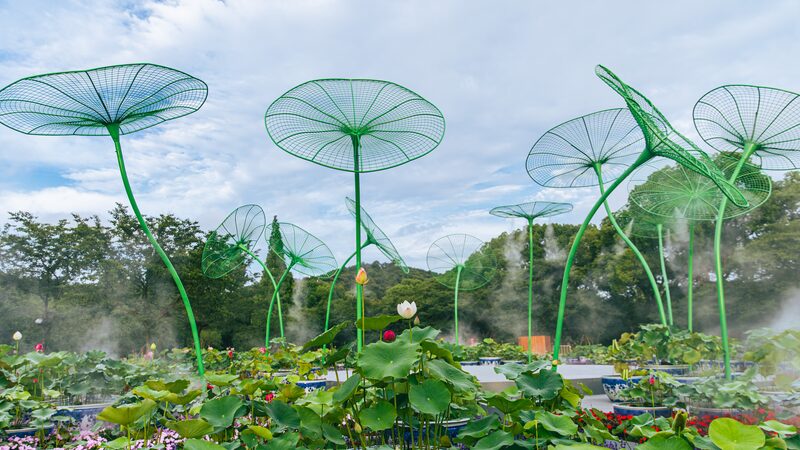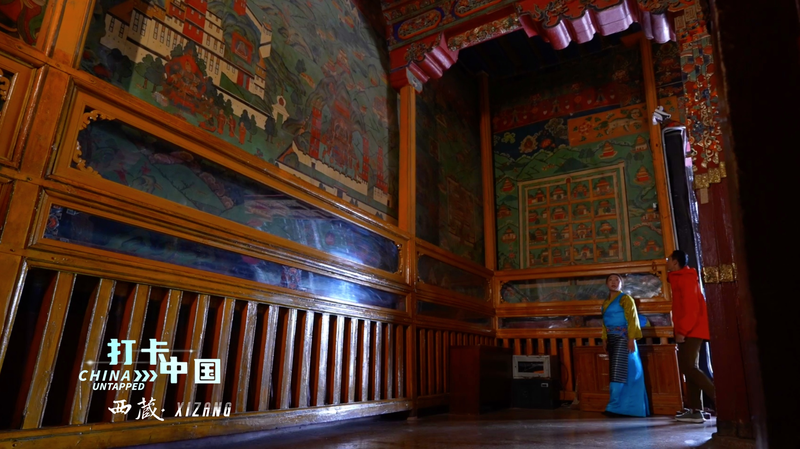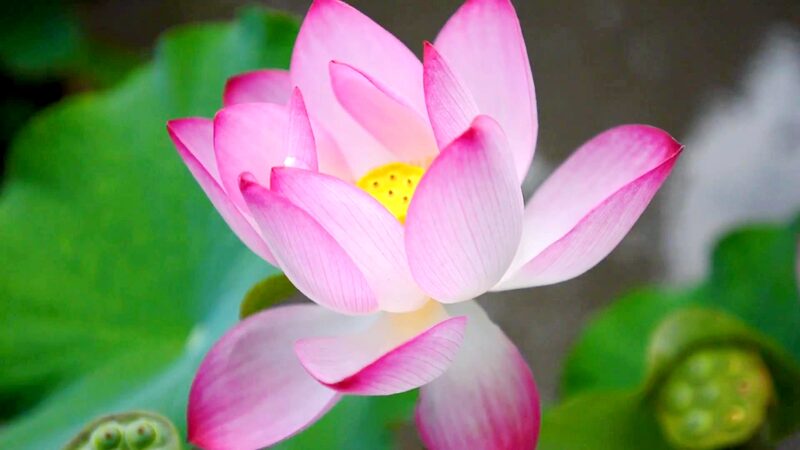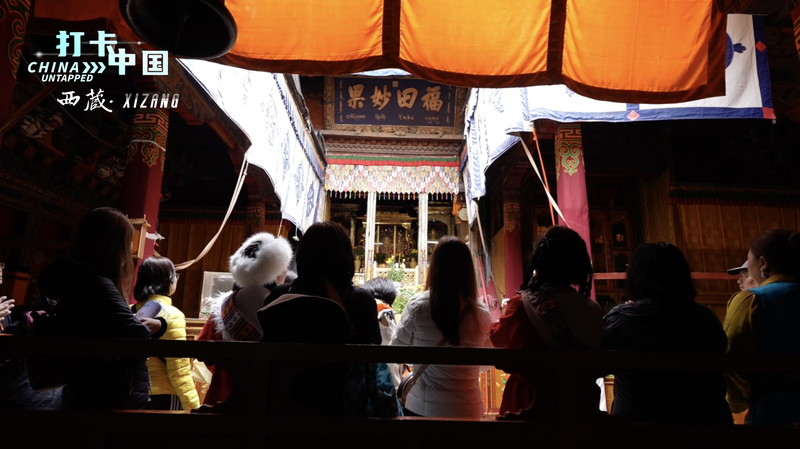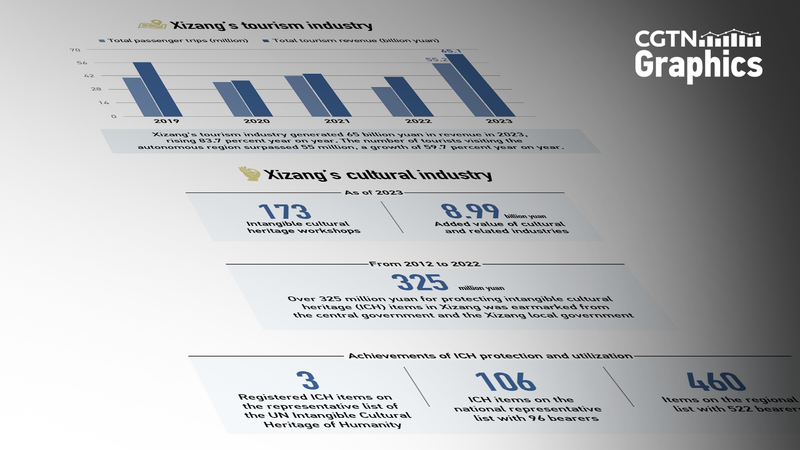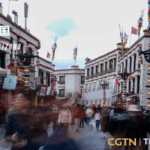Perched atop Lhasa's Red Hill, the Potala Palace's iconic golden roofs shimmer as both architectural marvels and cultural chronicles. For over 1,300 years, these gilded crowns have silently witnessed Xizang's evolution, blending indigenous craftsmanship with Buddhist philosophy in a rare Himalayan synthesis.
Artisans across generations employed intricate repoussé metalwork to shape the roofs' eight sacred symbols – lotus flowers, victory banners, and endless knots – each motif echoing teachings from ancient sutras. Historical records show craftsmen incorporated techniques from Nepal, the Chinese mainland, and Mongolian traditions, creating a unique “third pole” of Eurasian artistic exchange.
Recent preservation efforts reveal hidden layers of this legacy. “The gold plating technique uses mercury amalgamation methods dating to the 17th century,” explains Lhamo Tenzin, a heritage conservationist. “But the underlying wooden structures show influences from Tang Dynasty bracket-set architecture.”
For modern pilgrims and scholars alike, these golden spires continue bridging past and present. As dawn illuminates their surfaces daily, the roofs stand testament to Xizang's enduring role in Asia's cross-cultural dialogues.
Reference(s):
cgtn.com
